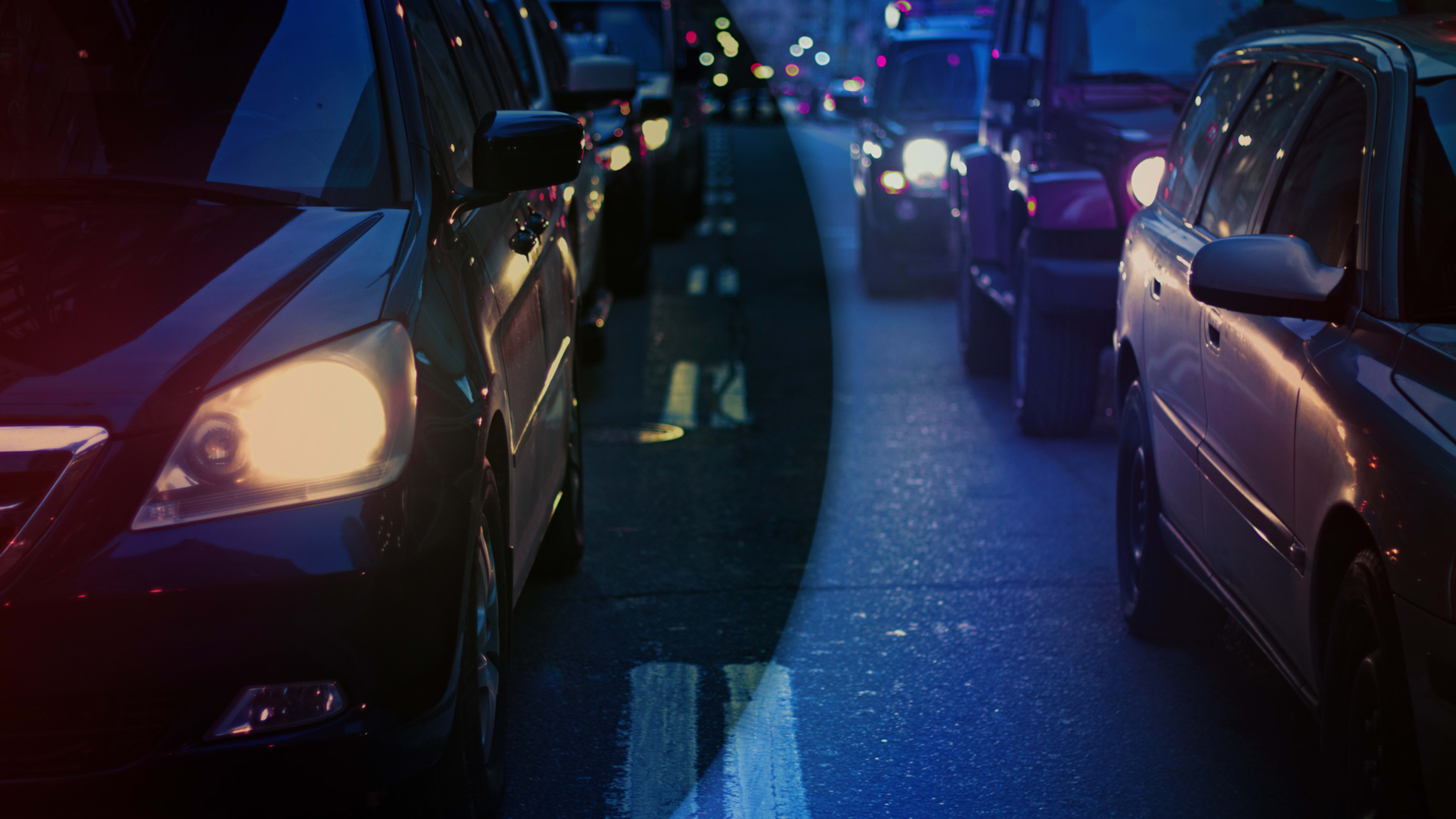It was a big promise to build an entire business on. But for the last handful of years, both Uber and Lyft have capitalized on the notion that by providing rides to people on demand via an app, traffic and pollution would be mitigated—especially in major urban centers. New research from both the ride-hailing juggernauts now suggests that’s not the case.
A joint analysis led by transportation consultancy Fehr & Peers examined Uber’s and Lyft’s combined mileage in September 2018 in the metro areas of Boston, Chicago, Los Angeles, San Francisco, Seattle, and Washington, D.C. New York City wasn’t studied because of its vast public transportation system.
The results (which include city centers and their surrounding suburbs) reveal that, overall, Uber and Lyft make up just 1% to 3% of vehicle miles overall in the six metro areas. However, in places like San Francisco county, Uber and Lyft account for as much as 13.4% of all vehicle miles. It’s 8% in Boston, and 7.2% in Washington, D.C. On average, between the six cities, as much as 62% of miles driven had a passenger. The rest were drivers on their way to pick up someone or just driving around between getting booked for a ride.
However, both Uber and Lyft are justifiably pointing their fingers toward the biggest cause of traffic and emissions: privately owned and commercial vehicles. Those account for 87% to 99% of total miles in the six areas studied.
Lyft’s chief policy officer, Anthony Foxx (a former U.S. secretary of transportation), says this is a good time to consider congestion pricing to ease traffic, as is being implemented in Manhattan. Foxx is pushing for a democratic approach to this. “The most effective congestion pricing model is one that applies to all vehicles on the road, including private automobiles, ridesharing, and commercial vehicles such as trucks, limousines, coach buses and taxis,” he writes. In other words, everyone needs to share the responsibility.
Recognize your brand’s excellence by applying to this year’s Brands That Matter Awards before the early-rate deadline, May 3.
